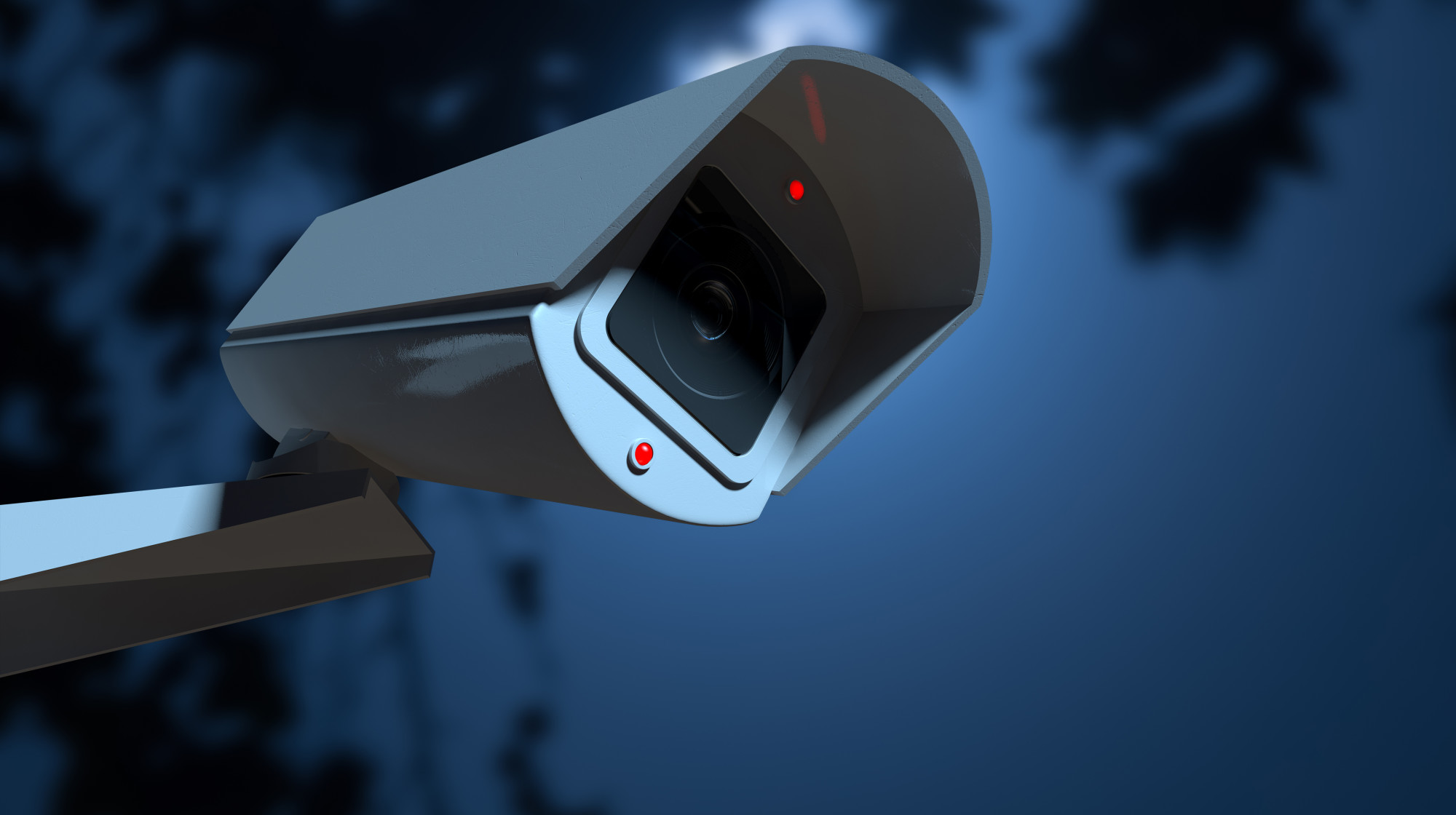In the age of smart homes, we are doing everything possible to both secure and automate our homes. Whether this is through smart locks or the use of security monitoring. Security monitoring can then be broken up into cameras, alarm systems, and motion sensors.
Here is your beginner guide to security monitoring.
Deciding on Devices
Before you get into the process of setting up anything related to security system monitoring, you need to decide on what devices you want to utilize for your home. Each comes with its own benefit.
For instance, a motion sensor will alert you when a window or door has been opened but does nothing to lock the window or door. Whereas smart locks can be controlled through your phone to lock the window or door:
Smart Locks
Smart locks are a great place to start when it comes to home security upgrades. While the good ole lock and key still work, they only work when you remember to lock them. Being in a rush can cause forgetfulness, which can then lead to break-ins while you’re away.
Smart locks allow you to monitor your doors and windows while you’re away. If you forget, you can be reminded in the app if the lock sees you’re far away from home and the door is not locked. From there, you can lock the door from your phone rather than hoping no one breaks in while you’re gone.
Cameras
Security cameras are the best option for fully monitoring each portion of your house. Home security starts with knowing who is coming near your house in the first place. Whether this is the normal delivery person or someone less favorable.
You can have multiple different types of cameras as well. There is the standard home security system camera that you mount around your house to watch the driveway and other portions of your property.
Then you have the new smart doorbells which can double as a security camera. These allow you to see who is at your door through your phone or computer before you even get up to answer. You can also answer through the doorbell like an intercom system and let the person know what you need them to do.
Motion Sensors
Motion sensors are great for knowing when anything is coming or going on your property. Whether this is as simple as someone walking up and activating the floodlights or as sophisticated as knowing when someone opens the window from the outside.
Smart motion sensors can detect if it’s your car or someone else’s pulling into the driveway. That way you’re not flooded with notifications every time someone that lives there comes or goes.
Check this out if you want to learn more about the importance of a driveway sensor.
Alarm Systems
Alarm systems are the most common form of a security monitoring system. This can take away the worry of having to watch your house while you’re away and let the professionals handle it.
They’ll alert the authorities or chime into the system themselves if they find anything suspicious going on. The goal of being away is often to not worry about the house, and that is where alarm systems come into play.
Deciding on Where to Put Devices
Once the devices are picked out, then comes the time to decide on where to put your devices. Some of the devices are going to be constrained to certain areas, while others are more versatile.
The more constrained options include smart locks and doorbells. These are going to be limited to the front door and maybe the backdoor to the house. You wouldn’t be able to utilize them effectively elsewhere.
More versatile options are going to be cameras and motion sensors. You can mount a camera on each side of the house and put motion sensors on every exit way possible if you feel like it.
Try not to go overboard, as it might seem pointless to have a motion sensor on a bathroom window that an animal can barely fit through. But secure the window that doesn’t always close in the guest room, as this is likely to be the one a potential intruder targets.
How to Monitor Your Home
Once the home security monitoring is set up, you’ll have your pick of the lot on how you want to monitor the house. The most common way is through the software on your computer or laptop that you can easily access while you’re home. You can also opt for tablets or home hubs that display the cameras whenever needed.
When you’re on the go, you have the option to turn your smartphone into a monitoring device. Whether that be through apps that let you see the cameras or connecting to a hub to see what is on.
Home security extends beyond just potential intruders. You can hook up smart plugs to devices like wax melts and other hot devices to ensure that they are not on. This can take away from fire hazards that would threaten the home as well.
How Automation Can Help You Feel Secure
Through automation, you can set up routines to ensure that your house is always secure. An example would be to always set the alarm on the house if your phone has traveled more than 20 feet away at any given time.
The goal is to pick up the slack where you might forget, rather than completely replacing your need to activate everything.
Maximize Your Security Monitoring With These Steps
By utilizing this guide on security monitoring, you can turn your home into a safe space whether you’re there or not. You’ll keep you and your family safe from anyone and anything that may cause you harm. Whether that be intruders or fires.
If you want to learn more about taking care of your house and home automation, be sure to check out the rest of our blog. If you know someone constantly forgetting to arm their system, feel free to share this article with them.

